
Blog > Automation > How Far Can You Go Safely? Intro to dv/dt Filtration
How Far Can You Go Safely? Intro to dv/dt Filtration
11/30/22 | Scott Savage, Rexel Technical Consultant

Blog > Automation > How Far Can You Go Safely? Intro to dv/dt Filtration
11/30/22 | Scott Savage, Rexel Technical Consultant
This post is part II of our In and Out Trilogy.
Read part I here
Read part III here
So many times as engineers, technicians, and electricians we are faced with the financial side of the business to cut costs, encouraging the design to be on the edge. Some call it cost-efficient, some deal with strict budgets, and others just don’t want to deal with the critics and doubt about a long-lasting installation of crucial equipment that must perform.
Motors are an area where mechanical and electrical failures seem to be more acceptable, except for the fact that they are the shaft that actually produces the work. It seems to be an item that may come up constantly in the maintenance and repair budget every year.
Manufacturing plants, water supply companies, and operations with kilns are typically areas that may experience the reflected wave phenomenon as a reoccurring experience and have accepted this as a normal failure to motors and a budgeted cost.
Over the years, since the 1990s after the 4th generation of drive transistors (the IGBT), the birth of the IGBT to the present has caused failures in the first turn of the motor after the conduit box connection. The IGBT had significant rapid rise times on the first switch of the PWM waveform between positive and negative on each phase of the output.
The transistors overshoot the output voltages on the first switch because the transistor is not saturated. These spikes along with long lead lengths in the motor leads can cause doubling, and close to tripling, the voltage at the motor.
The wire structure is capacitive in nature and the motor is inductive in nature. This voltage overshoot will reflect off the first turn of the motor. The motor repair shop says the drive is damaging the motor. VFD cable adds impedance to the motor leads. Another investment is an MG1-rated motor which has a 1600V rating to resist corona (pitting) on the first turns of the motor. All these pieces cost extra money – they were not ordered to save money
The VFD cable and MG1 motors are bid to several sales groups and the cheapest solution is purchased and shows up in your trade shop. A year passes and you have gone through a motor or two. You replace them - the finance department starts asking questions. It is your responsibility to find the answer to a problem that should not have occurred if the proper equipment had been shipped in the first place.
The equipment has already been installed – the THHN wire (the worst you can use) is installed and the motor has a weak voltage rating (possibly a year-year-old motor found in the stock crib). What do you do now?
NOTE: If the filter is not installed yet, please consider the 2KV inverter duty-rated output cable recommended by the manufacturer.
Place a dv/dt on the output near the drive. They are good for approximately 250 – 1000 feet. This will address the reflected wave and attenuate the reflected wave and relieve the stress on the first windings on the motor.
Sometimes the laws of physics trump the financial side of the science project. Maybe business majors should take a physics class (not here to save the world).
Speaking of science, let’s look at the dV-E series dv/dt filter:
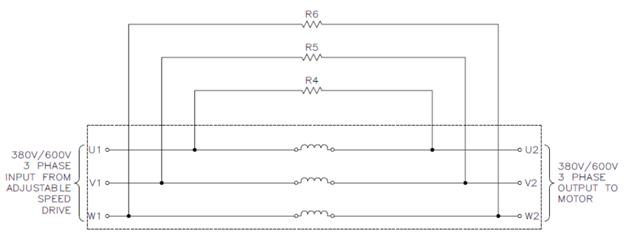
This provides a resistive and inductive component to address the capacitive component of the wire, especially physically parallel wires in a conduit that act as a capacitor. Therefore the reflective wave peaks are lessoned and the motor does not receive those damaging excessive waveforms.
Consider it a parachute – a solution to an embedded problem. These devices emit a fair amount of heat and should be provided in their own NEMA1 or NEMA3R enclosures. Personnel should be aware of the potential of burning if the enclosure is removed for maintenance. They are cost-effective with a small footprint.
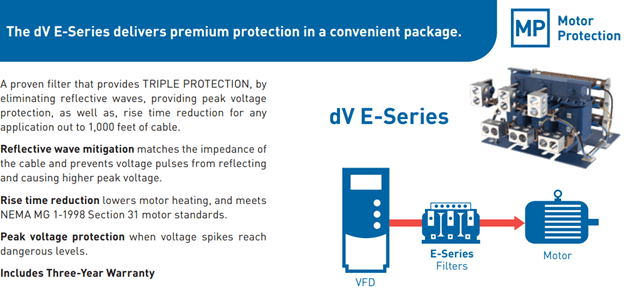
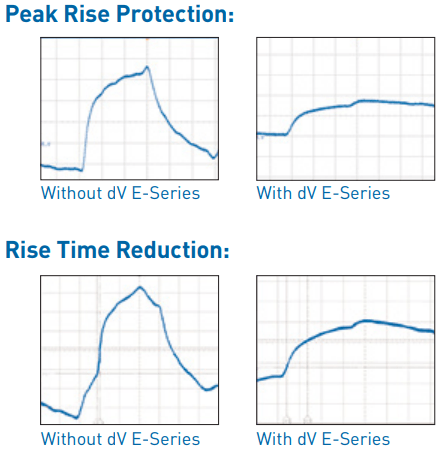
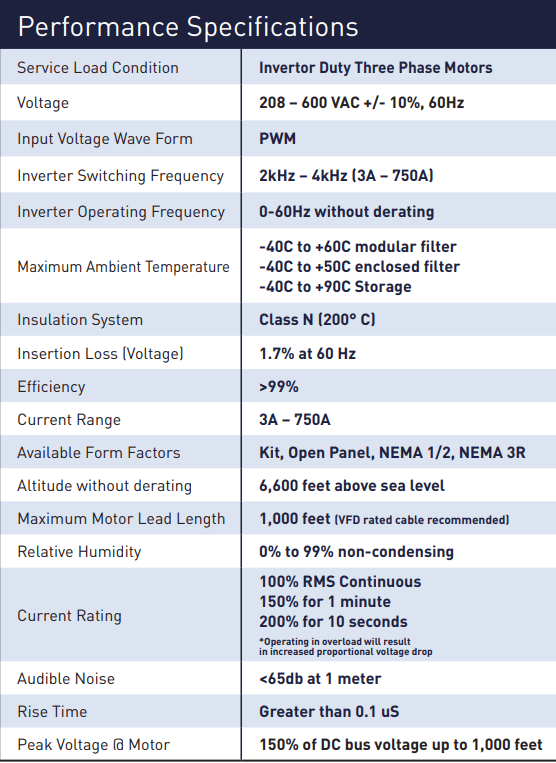
Remember – if you have multiple motors on one drive you can use a dv/dt filter. You must know each motor lead footage and add them together. You must not exceed the 1000-foot distance with the total length of the system.
If you exceed the 1000-foot distance you will need a sine wave filter instead of a dv/dt filter (I guess I will write another blog post!)
Do the drive parameters have to change? Yes, they do – if you have read this far, the financial aspect has taken a back seat. Excellent!
All three motor modes can be used — V/hz, Sensorless Vectork, and Flux Vector. Multiple motors on VFD must run in V/hz mode. V/hz mode motor control mode does not require tuning.
Please contact your Drive Specialist for multiple motor applications.

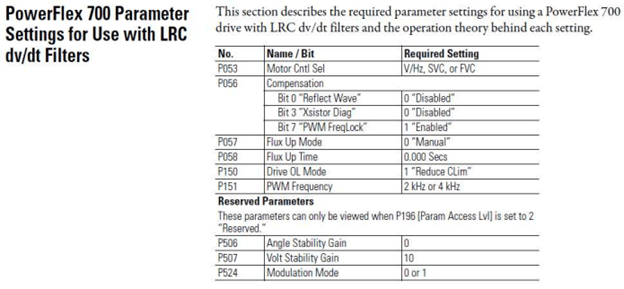
If you have not done so, please ask your Rockwell sales team for a quote on a Tech Connect Contract so you can see this information for yourself.
Be safe and always convince others to make the correct decision! And if you need assistance or have questions, don’t hesitate to contact us.
Au revoir!